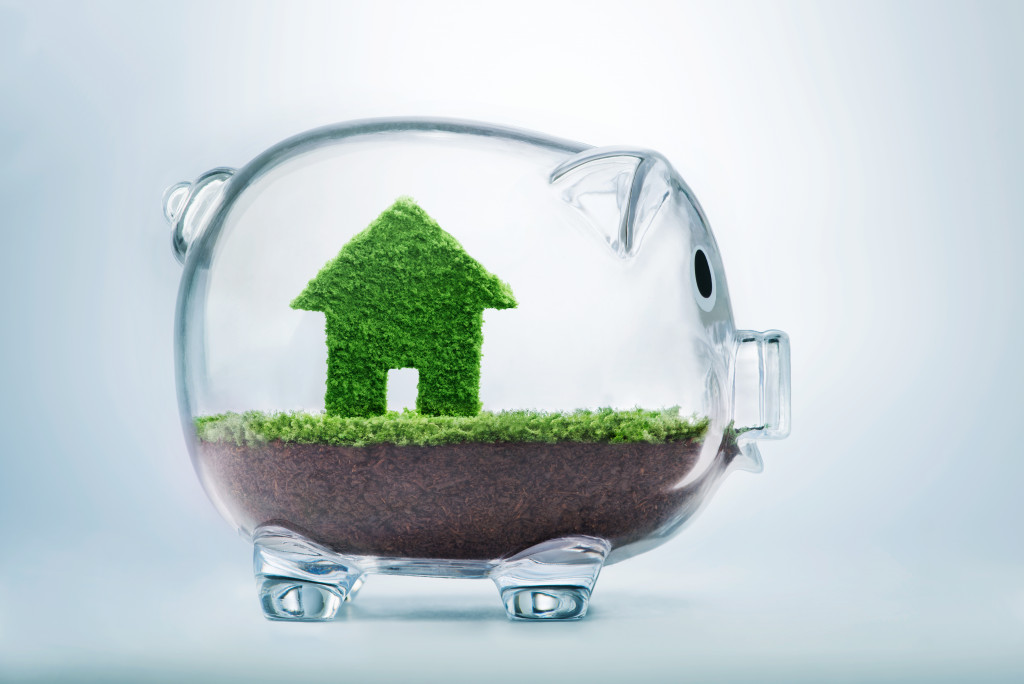- Living sustainably involves reducing carbon footprint through energy-efficient appliances and adopting electric vehicles with efficient home charging points.
- Harnessing renewable resources via solar panels contributes to energy conservation and enhances a home’s value.
- Water conservation is achievable through low-flow fixtures, smart irrigation systems, and rainwater collection systems.
- Composting reduces landfill waste, providing an organic alternative to soil fertilizers and encouraging the use of eco-friendly products.
In today’s world, the focus has shifted toward living a more sustainable life. Everyone must do their part to reduce their impact on the environment. Sustainability is not only about saving the planet but also about leading a healthier and more fulfilling life. By integrating sustainability into people’s daily lives and homes, everyone can lead a more responsible lifestyle that benefits the population and the planet. This blog post will discuss some practical ways to integrate sustainability features into your home and daily life.
Carbon Footprint Reduction
Reducing your carbon footprint is one of the most important steps towards a more sustainable lifestyle. This can be achieved in several ways, such as improving your home’s energy efficiency, adjusting your lifestyle habits, and adopting sustainable practices. Here are some things to invest in:
Energy-Efficient Appliances
Outdated appliances consume a lot of energy, increasing your electricity bill and harming the environment. Replacing your old appliances with energy-efficient ones can help you conserve energy and save money on your monthly bills. Energy-efficient appliances consume less power and are designed to help reduce carbon emissions, making them one of the most effective ways to reduce your carbon footprint and protect the environment.
Electric Vehicle (EV) & Charging Point
Electric vehicles are becoming increasingly popular and can help reduce emissions significantly. Looking for a company that can provide efficient EV charger installation in your home will help you charge your electric vehicle quickly and safely without having to worry about running out of power or searching for a public charging station. This also reduces the time spent driving, as you can quickly recharge your car from the comfort of your home.
Solar Panels
Solar panels are an innovative way to generate energy for your home using renewable resources. Installing solar panels on your roof or in your yard can help you save money on your electricity bill and protect the environment. Solar panels work by harnessing the sun’s energy to generate electricity, reducing your reliance on non-renewable energy sources like coal and gas. Additionally, solar panels increase your home’s value, making them a worthwhile investment.

Water Conservation Features
Conserving water is another crucial part of living a sustainable lifestyle. There are various ways to save water in your home. Here are some ideas you can implement:
Low-Flow Fixtures
Low-flow fixtures are a great way to save water and money. These fixtures are designed to regulate water flow in faucets, toilets, and showerheads, ensuring that you use only the necessary amount of water. This helps reduce water usage by up to 60%, leading to significant savings on water bills. Additionally, low-flow fixtures help conserve water, which is especially important in areas that are prone to drought.
Smart Irrigation Systems
Smart irrigation systems are technological solutions that can significantly reduce water consumption in your home. These systems use weather data and soil information to determine the exact amount of water your plants need, thus preventing overwatering and wastage. Equipped with advanced features like scheduled watering and remote control, smart irrigation systems allow you to maintain a healthy garden without wasting water. As a result, you conserve water and save on your utility bills.
Rainwater Collection Systems
Rainwater collection systems, also known as rainwater harvesting systems, are excellent tools for conserving water. These systems collect and store rainwater for later use, such as watering plants, flushing toilets, and even washing clothes. By using collected rainwater for these purposes, you can significantly reduce your reliance on municipal water, decreasing water bills. Additionally, rainwater collection systems can provide a backup supply during periods of water scarcity, making them a practical and sustainable choice for your home.

Composting
Composting is an effective way to reduce waste and create nutrient-rich soil. Instead of throwing away your garbage, you can compost it and use it to fertilize your garden.
Composting reduces waste sent to landfills, reducing carbon emissions, and producing compost is a natural and organic alternative to soil fertilizers, which can often contain harsh chemicals.
You can also start using non-toxic, plant-based cleaning products that are better for the environment and your health. Additionally, when shopping, choose products that are made from recycled materials, have less packaging, or are packaged using biodegradable materials.
Sustainability is more than just a buzzword; it’s a way of life. By integrating sustainable features into your home and daily life, you’re proactively reducing your carbon footprint and protecting the environment. The tips in this blog post are just a starting point; there are countless ways to lead a sustainable lifestyle, and it’s up to each one of us to play our part in creating a more responsible and sustainable world.




